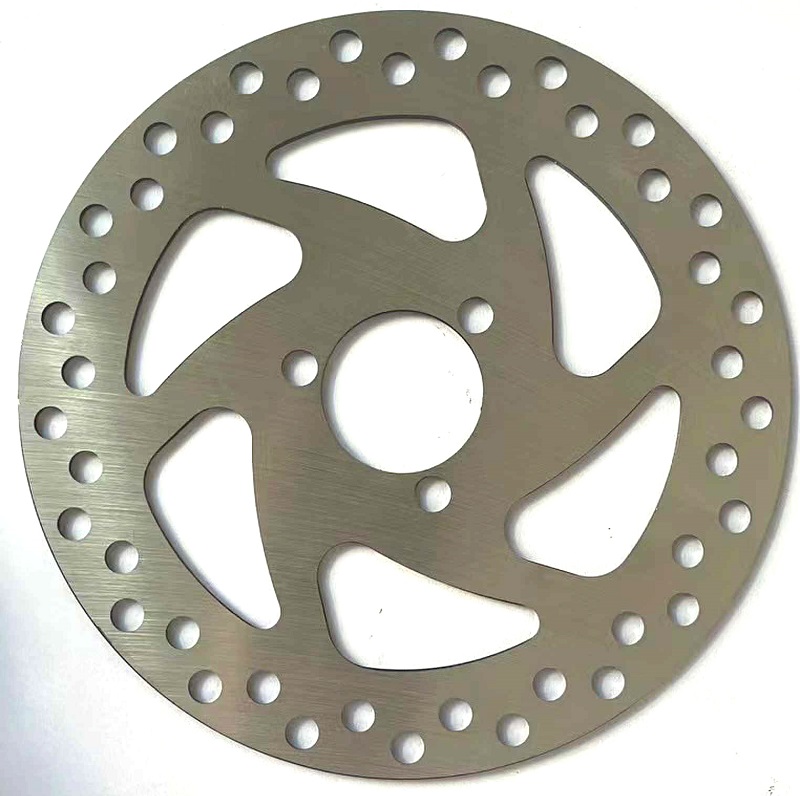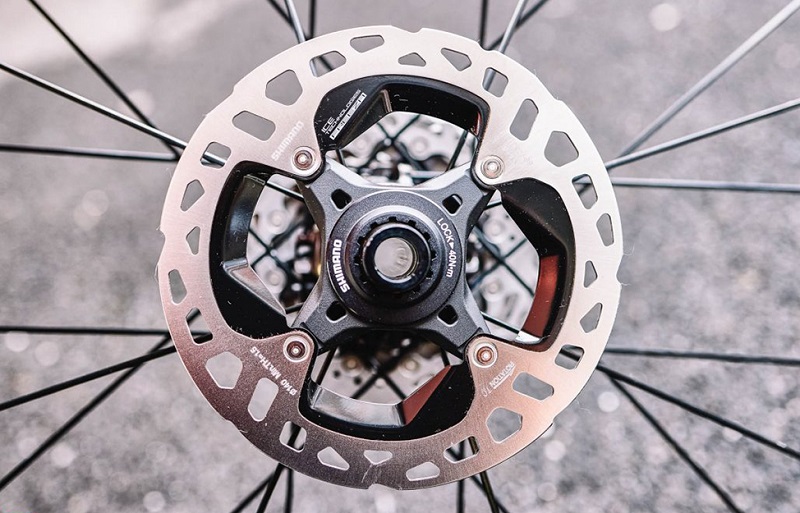
A quiet revolution is underway in cycling, with e-bikes being a comfortable, speedy, low-emission and low-cost way to travel. The European Cyclists’ Federation has forecast that e-bikes will account for half of the projected market of 30 million bikes by 2030. One challenge from having more and faster cyclists on the road is that good brake design is more important than ever before.

With their powerful braking in all weathers, disc brakes are the default for most bikes today. Stainless steel is ideal for the discs, which need to be lightweight and look good. In addition, high hardness provides wear resistance, while ductility ensures straightforward manufacture. In the longer term, high corrosion resistance and wear resistance help to maintain braking performance, as well as good aesthetics.
Stainless steel has all these properties, although it’s important to specify carefully as several stainless steel families and many grades provide different levels of performance as they have different microstructures and alloy content. Therefore, cycle component designers would probably choose different types of stainless steel for different applications on the same bike.

When it comes to brake discs, stainless steels with a martensitic microstructure such as 420(EN 1.4028) are ideal. Heat treatment makes it possible to increase the hardness of the martensitic material to an optimal level to find a balance between wear resistance and ductility.
Manufacturing and material supply
For a brake disc producer, manufacturing efficiency is as important as a material’s properties. Components like brake discs are typically stamped out of flat sheet material, so manufacturers need a grade that is suitable for stamping, for example by meeting the required tolerance for flatness. Laser cutting is sometimes also used for prototyping and small production runs.
Choice of supplier is important, particularly in the current climate, where both pandemic and international conflict have disrupted supply chains. Original equipment manufacturers (OEMs) can reduce risk of delivery issues and protect quality by working with a well-established producer like us, with production sites and distributors around the world.
We are able to deliver a steady stream of high quality martensitic stainless steel and austenitic stainless steel material suitable for brake discs, chain rings and other bike components. As a result, bicycle manufacturers can rely on our support as they upgrade brake discs for better stopping performance and sustainability.

Pickling process of stainless steel pipes
2020-12-10Innovation and application of silicon steel annealing furnace technology for new energy vehicles
2024-01-11Classification, application and heat treatment of stainless steel
2023-10-07Comparison of Advantages and Disadvantages Between Seamless Cores and Traditional Laminated Cores
2024-12-10Effect of laser cutting on magnetic properties of non-oriented electrical steel
2024-01-24SS Production Enterprises in Henan Province have been Shut Down
2020-12-16






